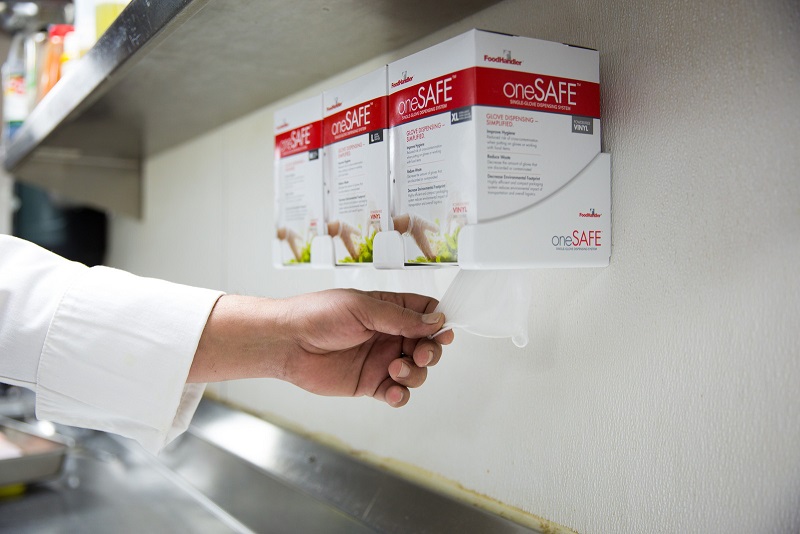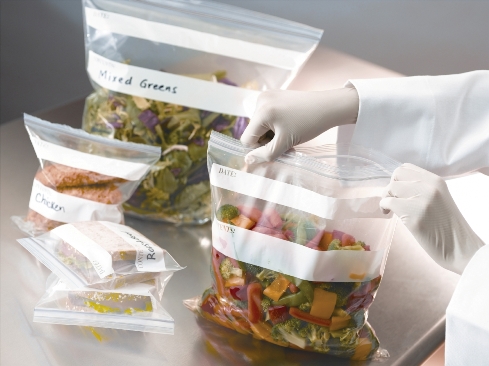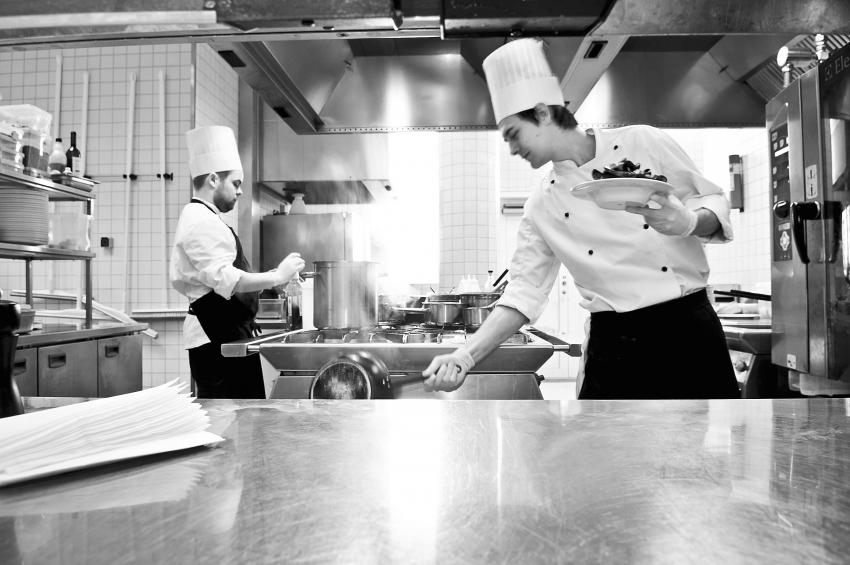Get it Right! Using Risk-Based Inspections to Your Advantage
Our August and September blogs have emphasized the importance of following food handling behaviors that will reduce risks of foodborne illness in your operation, and contribute to positive guest experiences. The checklists we provided can help you in analyzing your operation for strengths and weaknesses—and in the long run improve the safety of food served.
Your state’s health agency may give a letter grade, a numeric score, or a green/red/yellow at the end of your inspection. Whatever grading scheme is used, you are aiming for the top score—an “A”, a 100%, or a green light for go! But you need to remember, the facility inspection by external reviewers only provides a snapshot of what is going on that particular day in your operation. You are there almost every day so of course, you have a better sense of what really happens with food handling practices. You have a much more complete picture! That is why active managerial control, which we blogged about in March, is so important.
There should be no surprises when the inspector visits your operation. Demonstrate that active managerial control is practiced with documentation of the operation’s policies and procedures, temperatures, and other practices. Also be prepared to answer questions that the inspector may pose—yes, they will be quizzing you with food safety related questions!
Here are the “big” things the inspector will be checking as part of his/her site visit:
- Demonstration of knowledge by the person in charge and staff
- Safe food sources and receiving temperatures
- Equipment and potential for cross contamination
- Cooking temperatures
- Holding time and temperatures and date marking
- Reheating for hot holding
- Cooling
- Personal hygiene, hands as a vehicle for contamination, and implementation of employee health policies
- Compliance with approved procedures
- Special requirements for highly susceptible populations
- Labeling, storage, and use of poisonous and toxic chemicals
- Compliance with consumer advisory
While the list may be a bit overwhelming, you can be prepared! Having at least one certified food protection manager on staff, having written policies and procedures to guide employees’ actions, training staff members on following policies and procedures and engaging them in positive food safety practices are just a few action steps that can be taken. One way to engage staff is to involve them in documentation that safe practices are followed with completion of the two checklists addressing back and front of house items that keep food safe and contribute to a quality operation leading to positive guest experiences. As a manager, you no doubt are always looking for ways to continually improve the operation. Think of the inspector (environmental health specialist) as your partner in improving food handling and minimizing risks of food borne illness. Look at these internal checklists as a way to involve all staff in accomplishing your Mission Safe Food and external risk-based inspections as another set of eyes (and knowledge) to help you improve practices!
Risk nothing!

READ MORE POSTS
The Worst Customer Complaint: Foodborne Illness
Food service managers and crew try to follow the rules of food protection. Yet, occasionally a complaint may arise and these calls take priority over all other daily crises. If you have been in the food service industry long enough, you may have gotten one of these. A customer may claim, "I think your food made me ill." These words inflict instant anxiety. If it happens, here are some next steps to think about in advance of such a claim:
How Effective is Your Food Safety Training?
Basic food safety in a restaurant kitchen is not rocket science, but critically important for the crew to take the time to learn about it and for managers to set the example each day. Customers never expect or want to see a manager, chef, or a crew member make a very visible food safety mistake, like not washing hands before food prep and gloving, or touching their face or hair while prepping or handling food. Have we all seen it happen in our restaurant or as a customer elsewhere? Certainly. Are you using some creativity in your current training methods to help your staff “get it” so to speak, and reflect positive behaviors regarding food safety?
Why Does Food Spoil?
Food gradually deteriorates because of a natural process of aging, just like humans. However with all foods, there are a few things we can do that have a positive effect on the shelf life and safety of our foods at the restaurant. Some preservation is done at the food manufacturing plant, some naturally, but a better understanding of the processes may help you extend that shelf life. Preservation methods and storage conditions must be designed to reduce the rate of decomposition and protect the safety, appearance and taste of our food.










